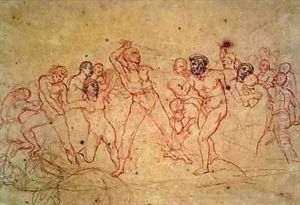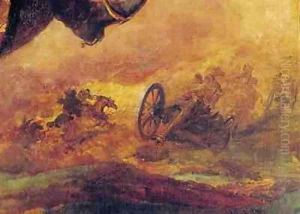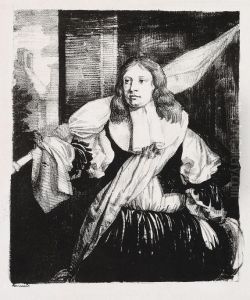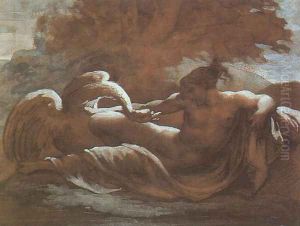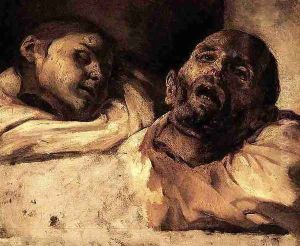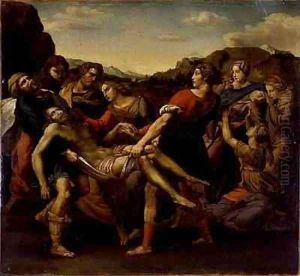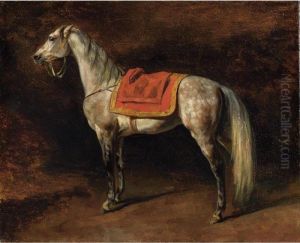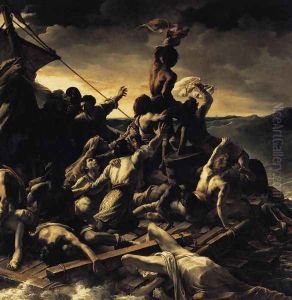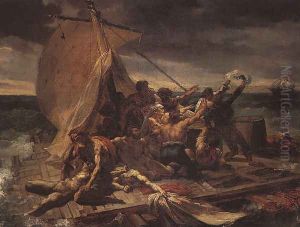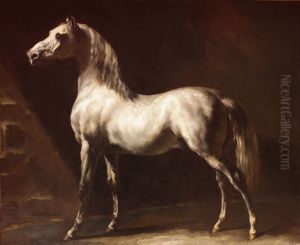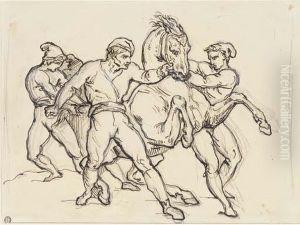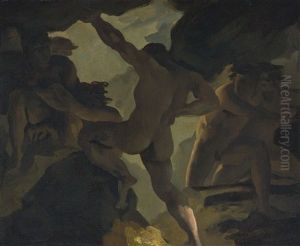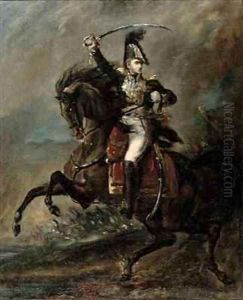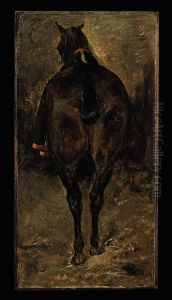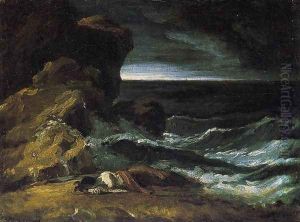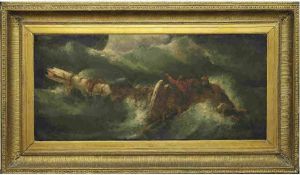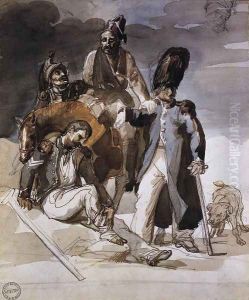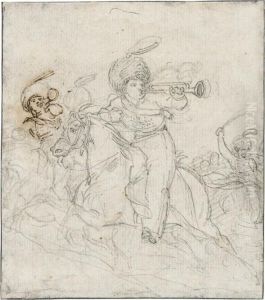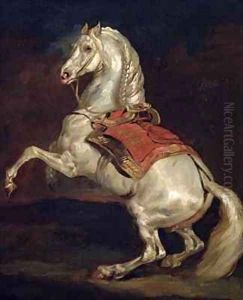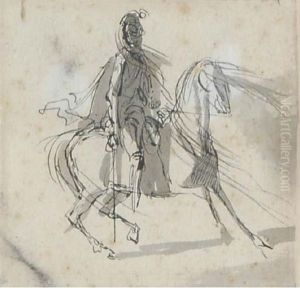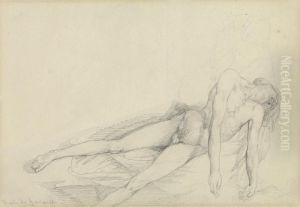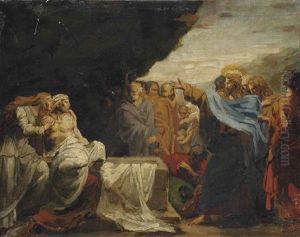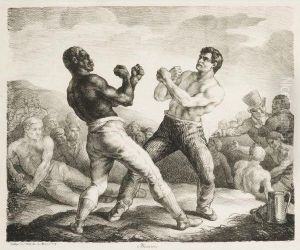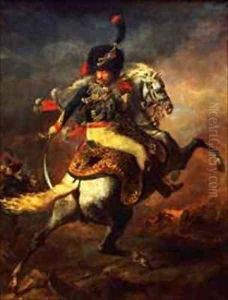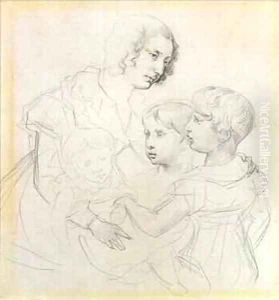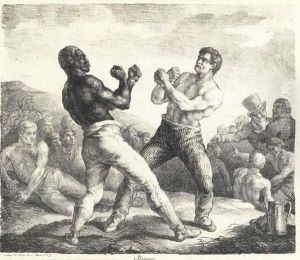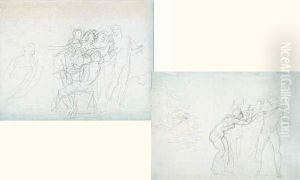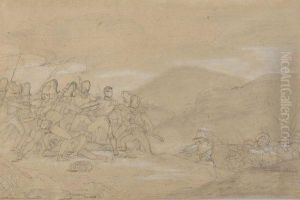Theodore Gericault Paintings
Théodore Géricault was a pivotal figure in French painting, known as one of the most influential artists of the early 19th century and a key precursor to the Romantic movement. Born on September 26, 1791, in Rouen, France, into a well-to-do family, Géricault was passionate about horses and the military, themes that would later dominate much of his work.
His formal art education began with the painter Carle Vernet, who specialized in horses, and later, he studied with Pierre-Narcisse Guérin, a neoclassical artist. Géricault's early works were influenced by the neoclassical style, but he gradually moved towards a more dynamic and dramatic approach that would characterize Romanticism.
Géricault's most famous work is 'The Raft of the Medusa' (1818–1819), a large-scale painting that depicts the aftermath of the wreck of the French naval frigate Méduse. The event was a scandal in France due to the incompetence of the French captain, which led to the death of numerous passengers and crew members. Géricault conducted extensive research for this painting, including interviews with survivors and studies of corpses, to accurately capture the horror and despair of the event. The painting's raw emotion and stark realism marked a significant departure from the neoclassicism that dominated the era and made a powerful social statement.
Despite the brilliance of 'The Raft of the Medusa', Géricault struggled with depression and health issues throughout his life. His later works included a series of portraits of the mentally ill, which were both an artistic exploration and a social commentary on the treatment of the afflicted. These paintings are considered some of the earliest examples of what would become modern expressionism.
Géricault's career was cut short when he died young, at the age of 32, on January 26, 1824, in Paris, after a long illness. His legacy, however, endures as he inspired a generation of Romantic painters, including his friend and contemporary, Eugène Delacroix. Géricault's work is celebrated for its raw power and emotional intensity, and he remains a key figure in the history of art, whose innovations helped transition European painting from Neoclassicism to Romanticism.
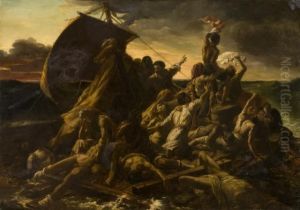
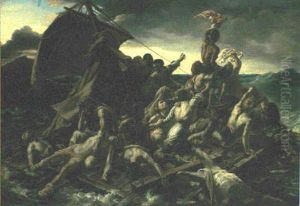
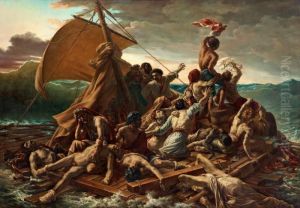
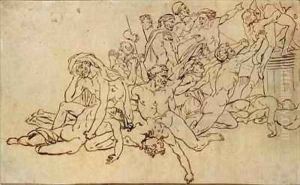
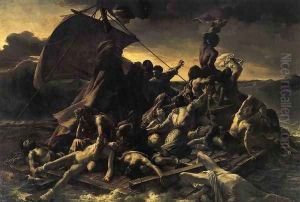
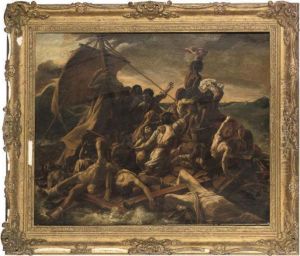
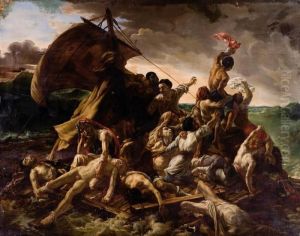
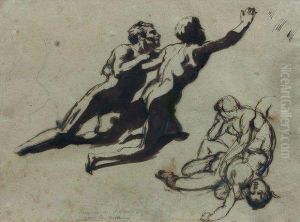
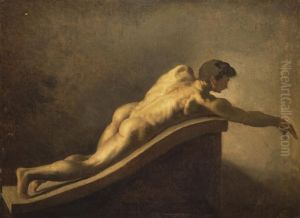
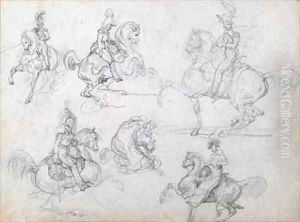
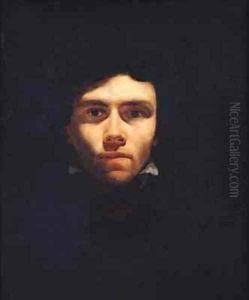
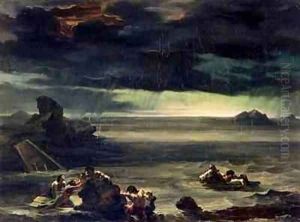
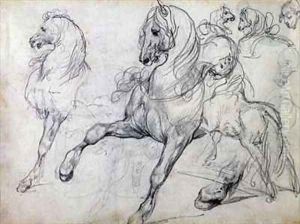
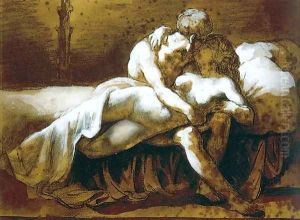
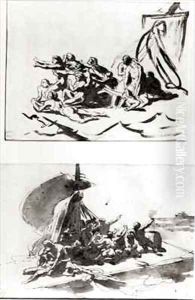
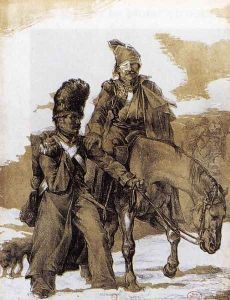
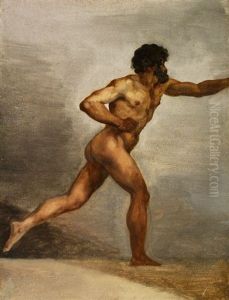
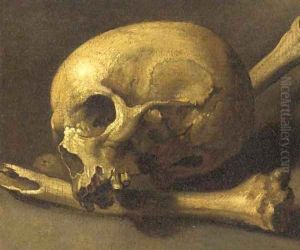
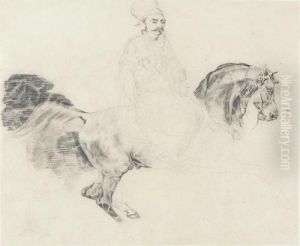
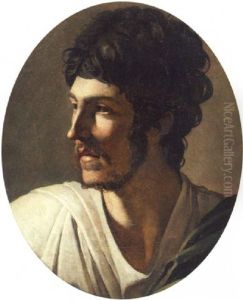
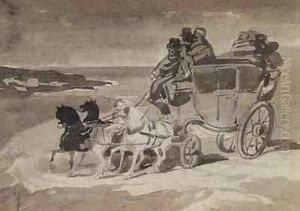
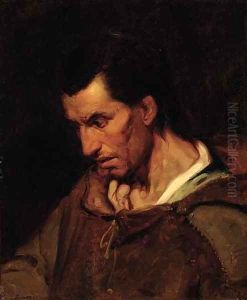
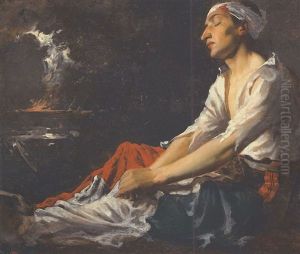
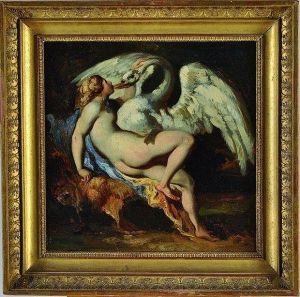
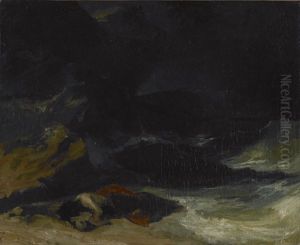
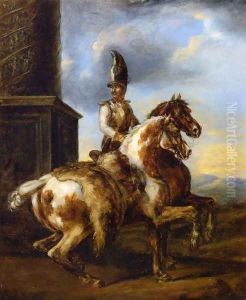
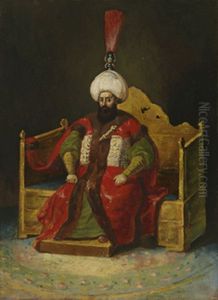
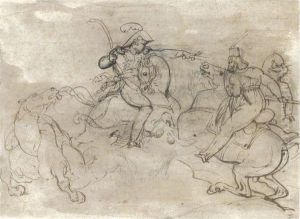
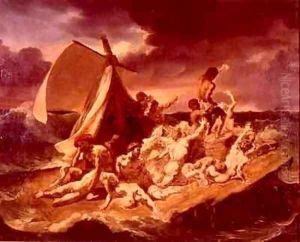
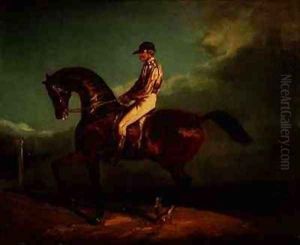
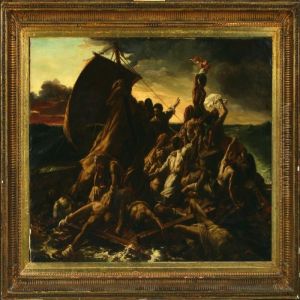
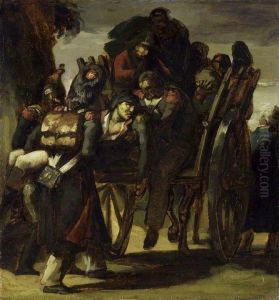
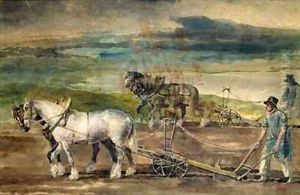
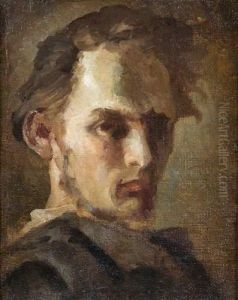
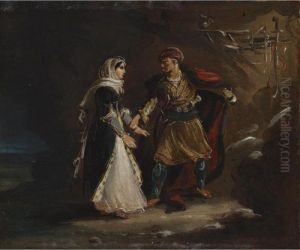
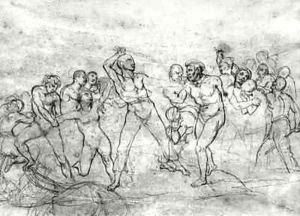
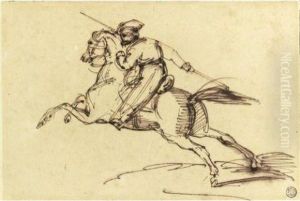
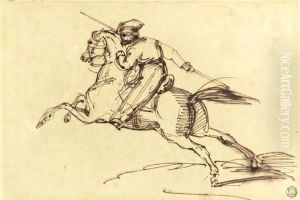
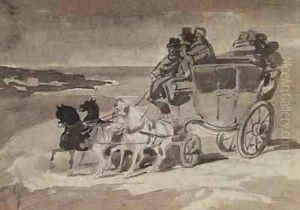
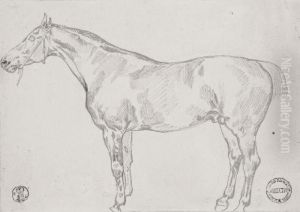
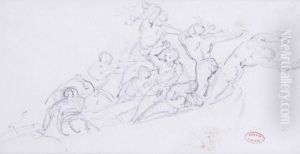
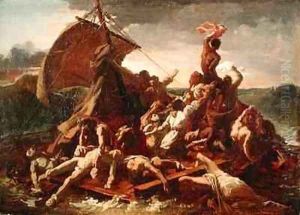
![Sans Titre [chevaux]](https://www.niceartgallery.com/imgs/2250360/s/theodore-gericault-sans-titre-chevaux-37fdfc79.jpg)
